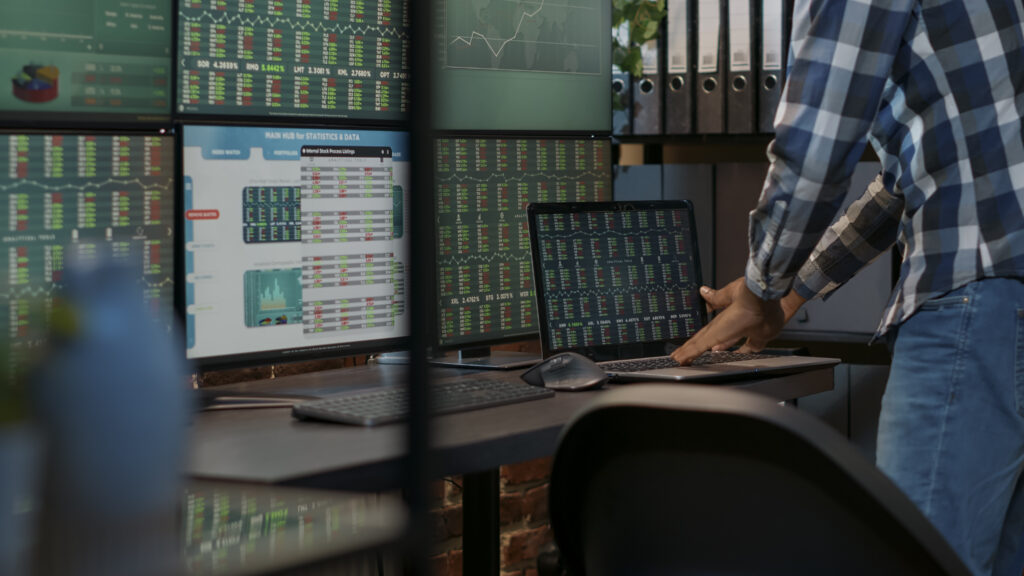Introduction
Margin Trading and Leverage in Forex trading are two terms that every trader must understand to navigate the financial waters successfully. Often misunderstood as interchangeable, these two concepts are as different as they are interlinked. This blog post aims to dissect these terms and offer a comprehensive guide to Margin and Leverage in Forex. It will cover everything from their basic definitions to the nuanced differences, advantages, and best practices. This post is designed to serve as a one-stop solution for both beginners and seasoned traders looking to sharpen their skills.
What is the Difference Between Margin Trading and Leverage in Forex?
1.1 Understanding the Basics of Margin Trading
Margin trading in the Forex market refers to the practice of borrowing funds from a broker to trade a financial asset, which forms the collateral for the loan. The primary reason traders use margin trading is to amplify the potential profits from fluctuations in exchange rates between different currencies.
1.2 The Fundamentals of Leverage
Leverage, on the other hand, allows you to control a large position in a financial asset with a relatively small amount of your own capital. It’s like a loan provided by your broker, letting you gain exposure to larger quantities of an asset.
1.3 Distinguishing Between Margin and Leverage
The critical difference between margin trading and leverage lies in their inherent nature and impact on trading. Margin is the loan taken from a broker to trade higher volumes, while leverage amplifies the effect of trading with a margin, expressed as a ratio like 100:1, meaning with $1, you can control assets worth $100.
Advantages and Risks of Margin Trading vs Leverage in Forex
2.1 Upsides of Using Margin and Leverage
Both Margin and Leverage have their set of advantages. Margin trading allows traders to open larger positions, which increases the potential for higher returns. Leverage acts as a multiplier effect for these positions, boosting profits when the market moves in your favor.
2.2 The Downside Risks
While the possibility of earning higher profits is tempting, it comes with the corresponding risk of massive losses. Leveraged positions are prone to ‘Margin Calls,’ requiring you to add more funds to your account or forcibly closing your positions to limit losses.
2.3 Best Practices for Margin and Leverage
Some of the best practices for Margin Trading and Leverage in Forex include setting stop-loss orders to manage risks, using lower levels of leverage until you are comfortable with higher amounts, and continually educating yourself to improve your trading skills.
Tips and Tricks for Effective Margin and Leverage Use
3.1 Risk Management Strategies
One of the key components of successful Forex trading is effective risk management. Never risk more than you can afford to lose and always use protective stop-loss orders.
3.2 Using Margin and Leverage in Different Market Conditions
Market conditions like volatility can significantly impact your Margin and Leverage strategies. In highly volatile conditions, it’s generally advisable to use lower leverage.
3.3 Understanding Fees and Charges
Both Margin and Leverage come with their set of fees and charges. These can include overnight financing costs, known as the swap rate, and the spread, which is the difference between the buying and selling price of a currency pair.
Conclusion
To sum up, both Margin Trading and Leverage serve as powerful tools in the hands of a Forex trader. While Margin allows you to borrow capital to invest more, Leverage amplifies your trading position’s size. Though they offer great potential for profit, it’s crucial to understand the inherent risks and how to manage them effectively.
Frequently Asked Questions (FAQs)
- What is the key difference between Margin and Leverage?
The key difference is that Margin refers to the borrowed funds, while Leverage is the ability to control large positions with a smaller investment.
- How do I safely use Margin and Leverage?
Effective risk management, including the use of stop-loss orders and proper research, can go a long way in ensuring safe trading with Margin and Leverage.
- Do Margin and Leverage come with fees?
Yes, both come with specific fees like the spread and potentially overnight financing costs.

